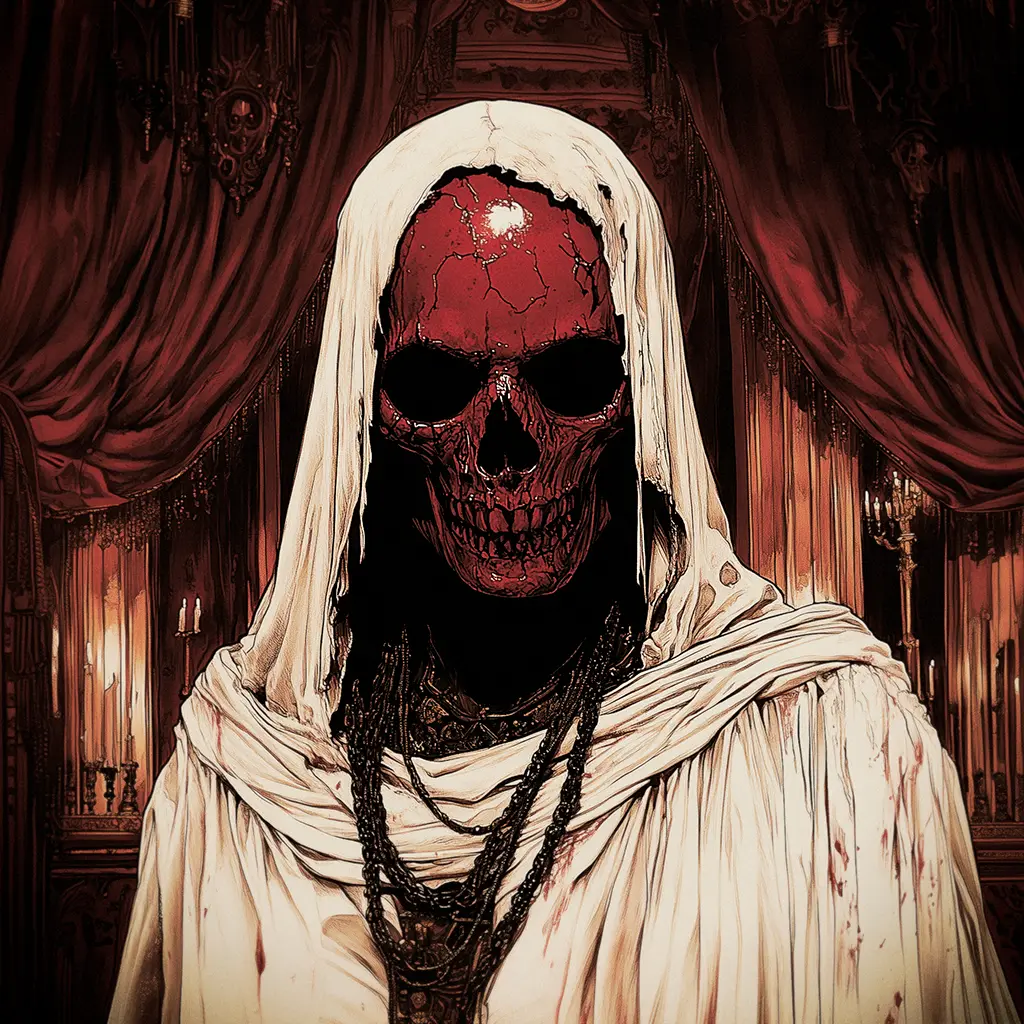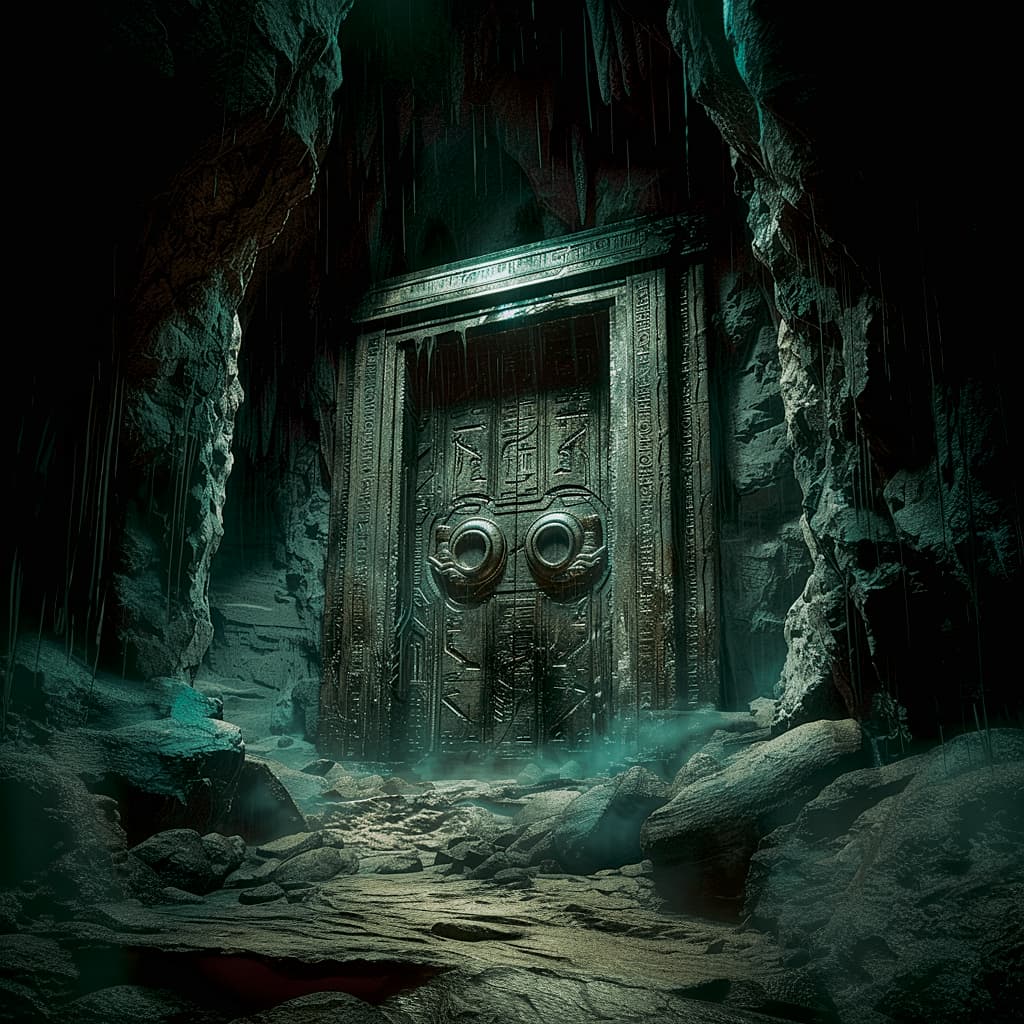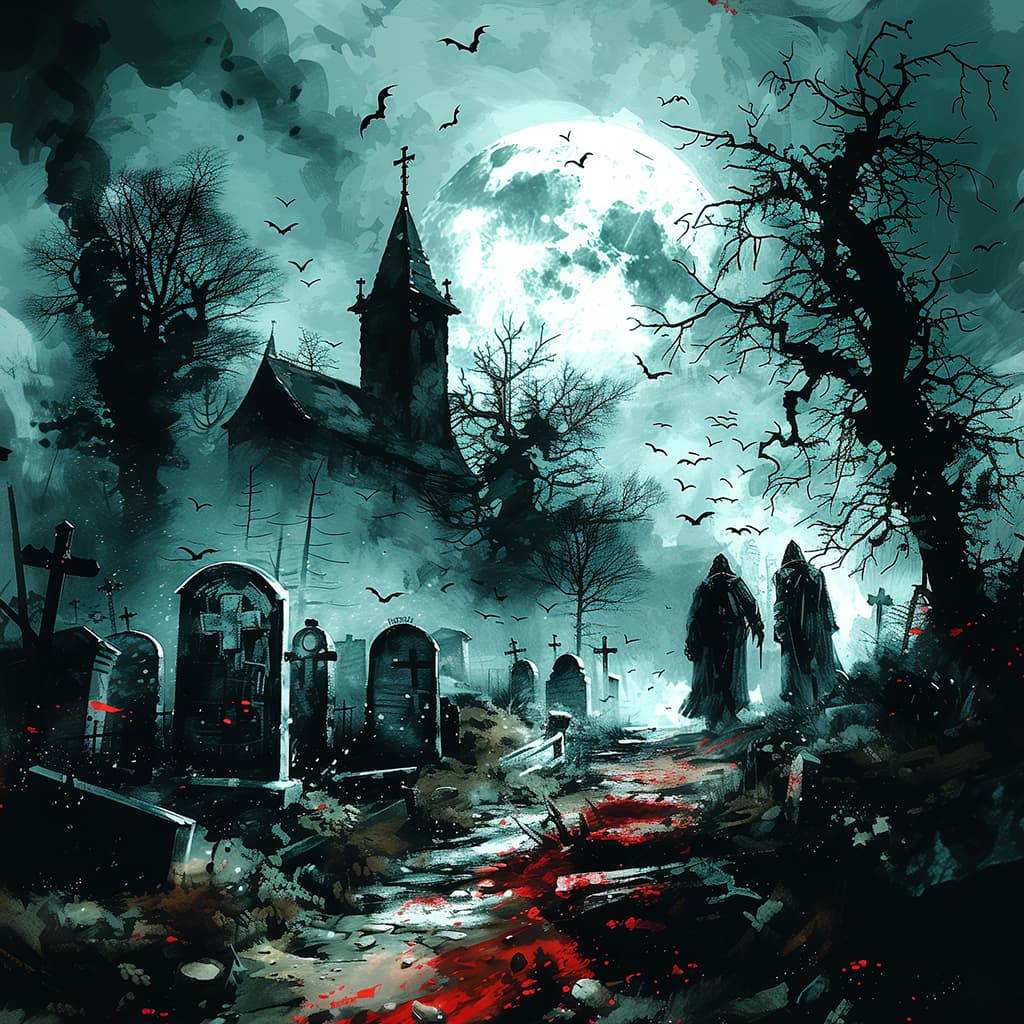Edgar Allan Poe: The Masque of the Red Death
The Masque of the Red Death, a short story by Edgar Allan Poe published in 1842, immerses the reader in an allegory about the inevitability of death. Set in an indeterminate time plagued by a devastating plague known as the Red Death, the kingdom’s prince decides to isolate himself in his fortified abbey along with other nobles, seeking to escape the disease. He organizes a luxurious masked ball in his refuge, ignoring the suffering ravaging the outside world. However, some guests do show up, even if they are not called.





